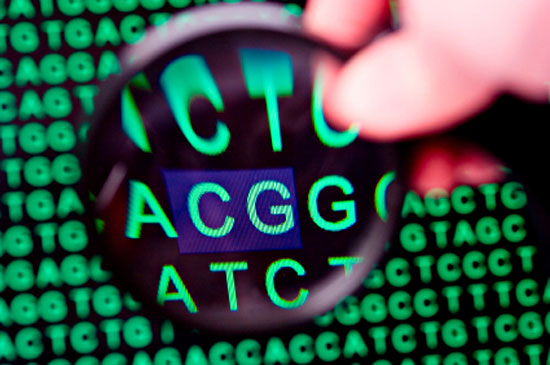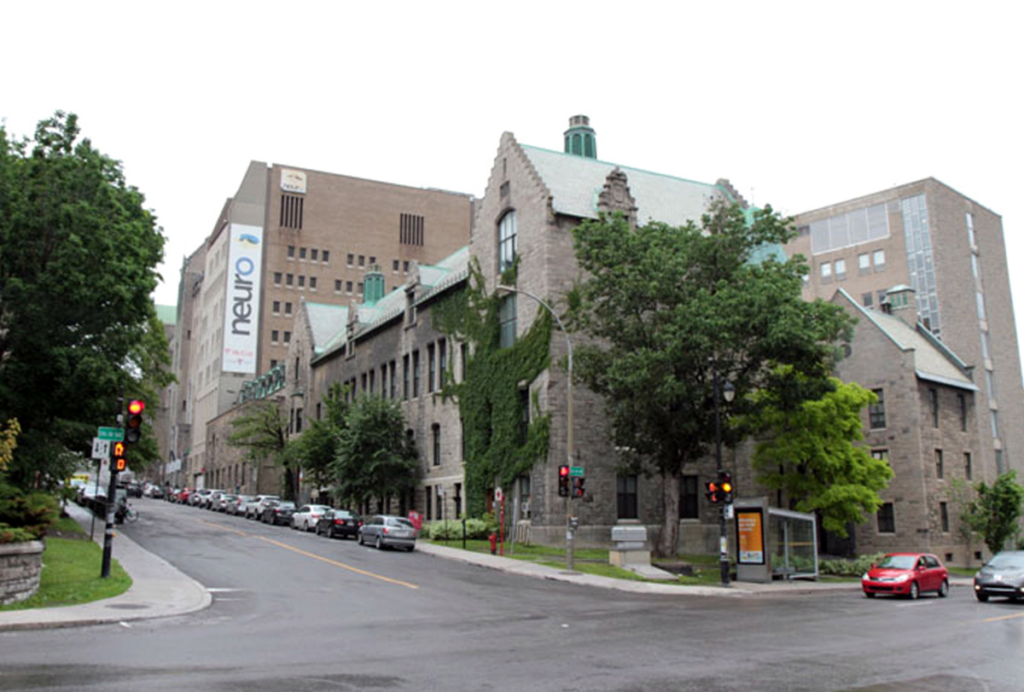Mining for meaning
A new study pinpoints 27 regions of the genome that carry copy number variations in people with autism, but not healthy controls.

090703-mining-dna-550×365.jpg
With each new genetic study of autism, scientists are flooded with raw data — but seem to be gaining little insight into how to interpret the ever-growing numbers.
Two months ago, the autism world was taken by storm with the announcement that some common genetic variants — carried by at least five percent of the general population — up the risk of developing the disorder. The pegged variants are found in about 60 percent of healthy people and 65 percent of people with autism.
The team behind the findings, led by Hakon Hakonarson at the Children’s Hospital of Philadelphia, also identified nine previously unknown copy number variations (CNVs) — large missing or duplicated regions of DNA — that are more likely to crop up in people with autism.
Now Hakonarson’s team has mined from the same large data set, looking specifically for variants in exons, stretches of the genome that go on to make proteins.
As published last Friday in PLoS Genetics, this targeted search pinpointed 27 regions that hold rare CNVs in children with autism, but not in healthy children.
Several of these CNVs had already been linked to autism, including the neurexin 1 deletion and duplications in chromosomal region 15q11-13. But the search also identified variations in two genes — BZRAP1 and MDGA2 — that hadn’t been associated with autism before.
It’s almost certain that some of the items on the growing list of autism-related variants cause changes that actually contribute to the disorder. The trouble is, right now there’s no way to tell which ones do.
The new study is a good start, as variants found in exons are more likely to cause disease than those that arise in the regions between protein-coding genes. Even so, this study echoes others in concluding that the genetic roots of autism are not confined to a specific region (or even two or three), and that people with autism carry a complex mix of common, rare, inherited and spontaneous variations.
Explore more from The Transmitter

Inclusivity committee disbands in protest at Canadian neuroscience institute

